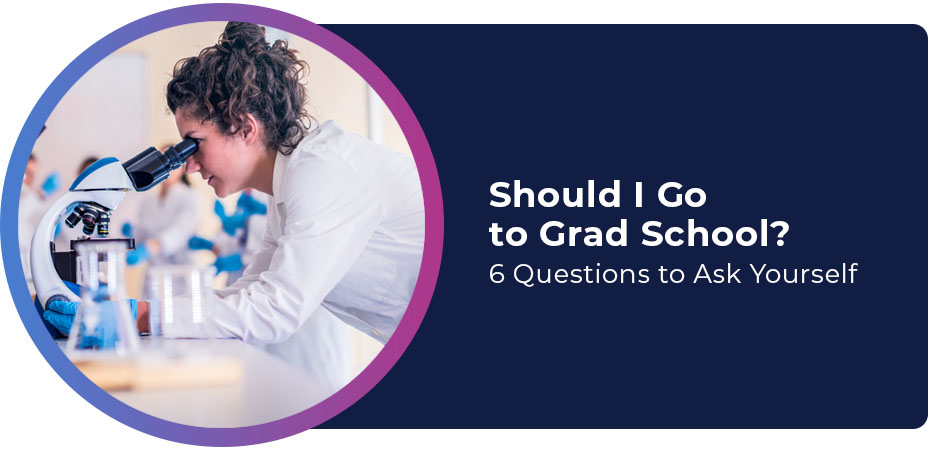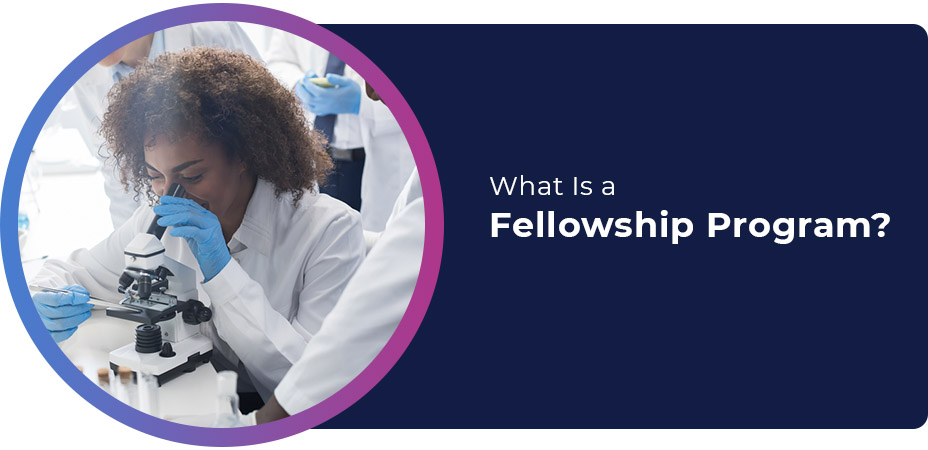Pharmacists have a crucial role to play in the healthcare industry, whether you’re at a local pharmacy or at a hospital. Pharmacists are responsible for accurately distributing prescriptions to patients, but there’s so much more. Many people look to pharmacists for advice about their medications, including how to and when to take them, correct doses, and side effects. Moreover, pharmacists are also the last line of defense for a patient who may have been incorrectly prescribed something that would interact with other medications they’re taking.
And while money isn’t everything, the Bureau of Labor Statistics says that the average salary for pharmacists was $136,030 in 2023. Of course, some of this depends on where you live, but that’s not a bad paycheck at all, we’d say.
It’s important stuff, so how do you become a pharmacist? There are a few steps, but don’t worry, we’ll help you along the way.
4 Steps to Become a Pharmacist
Step 1 to Becoming a Pharmacist: High School Courses and Extracurriculars:
If you’re in high school and interested in becoming a pharmacist, start thinking about your courses now. In fact, if you can take math and science courses, do that because that’s going to help you get your Doctor of Pharmacy degree aka PharmD. If your high school offers AP or college courses, definitely get into those. We’re talking chemistry, biology, math, physics, and science, and if you’re really trying to go for gold, sign up for some communications courses as well. Speaking well is going to help you as you work with different members of your community.
In addition to the courses you take during the school day, you may also want to consider what things you can do outside of school. That’s right, that means extracurricular activities. Shout out to our friends at HOSA. They are an incredible organization of future professionals and can provide you with an amazing foundation as you head down this career path. In addition to them, you can look at volunteering, STEM organizations, and more. And, if you’re feeling really ambitious, talk to some of the pharmacists in your area and see if you can shadow them for a day or two. It can be a great way to get more information about your future career and make a connection along the way. Plus, it’s always great to have a mentor.
Step 2 to Becoming a Pharmacist: College Courses:
There are two ways to become a pharmacist once you hit the college level. First, you could do a traditional four-year program and then apply to a graduate-level pharmacy program. The second option is what’s called a dual degree program. It usually takes about six years, and the first 2 years are spent doing pre-professional coursework, and the subsequent 4 years are spent in a professional pharmacy degree program. Many students opt for the latter option because you don’t usually need to take the PCAT (Pharmacy College Admission Test), and you can get your PharmD faster. If you’re absolutely sure you want to be a pharmacist, the dual degree program is probably the right way to go. If you’re thinking it’s the right way to go, but you’re not completely sure, then you may want to go the traditional undergraduate route. There’s a lot you can do with a Biology or Chemistry degree that doesn’t pigeonhole you into pharmacy if that ends up not being your jam.
Step 3 to Becoming a Pharmacist: Pharmacy School
You made it. However you arrived at this step, you’re enrolled in pharmacy school and it’s time to talk about what you should expect. First of all, you’re going to learn a lot about drugs and medication. Plan to study everything from drug design to the effects that drugs have on the body—both good and bad. You’ll be learning how to handle and dispense medication, and talk to patients, but also, you’ll learn how to do some of the business aspects like accounting.
Most pharmacy schools also offer learning programs called Introductory Pharmacy Practice Experiences (IPPEs) and Advanced Pharmacy Practice Experiences (APPEs). Your first three years will be in IPPEs, and your final year should be in APPEs. This means that you’ll be working directly in pharmacy settings at a hospital, office, or at a local pharmacy to get the experience you need to go out on your own.
Step 4 to Becoming a Pharmacist: Residency and Licensing
Once you graduate with your PharmD, the studying and learning don’t stop. You’ll be continuing to work through your residency, which is typically two years. You’ll be building more knowledge, skills, and abilities that let you branch off into the specifics of your industry that interest you. For example, you may be most interested in Pharmacotherapy or Managed Care. Now’s the time to hone your skills in those areas.
Then, it’s on to licensing. If you want to practice as a pharmacist, you have to have a license. To get a license, you have to pass two exams: The North American Pharmacist Licensure Exam (NAPLEX) and the Multistate Pharmacy Jurisprudence Exam (MPJE). NAPLEX will test your decision-making (safe or not) and the MPJE will make sure you know the state and federal pharmacy laws.
Hard work and determination are how to become a pharmacist
Certainly, it’s not easy to become a pharmacist, but you’re not here because it’s easy. You’re here because you have a passion for helping people in all different and unique ways. As you move forward and get your license, you’ll have to continue to grow and learn to keep your license, but it’s just another way to ensure that you’re at the top of your game once you become a pharmacist.
Are you interested in becoming a pharmacist? What courses are you taking to earn your PharmD? Share with the Community!







